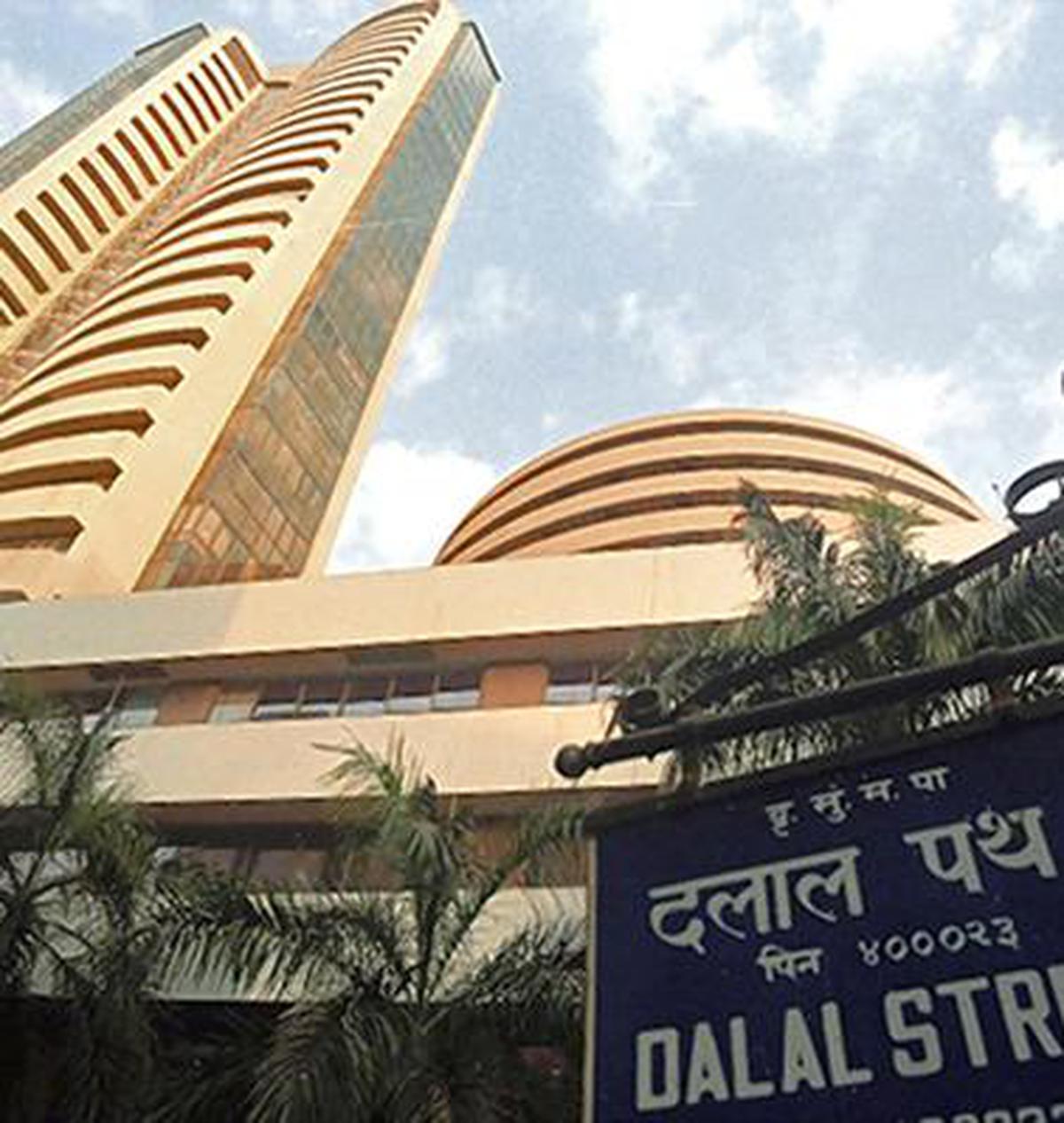
Sensex, Nifty shed early gains to trade lower
The Hindu
After climbing 179 points in early trade, Sensex went traded 48.91 points lower a little later.
Market benchmark indices began the trade on a positive note on Friday, November 18, 2022, amid a largely firm trend in other Asian equities but later gave up all the initial gains and were trading lower.
The 30-share BSE Sensex climbed 179.28 points to 61,929.88 in early trade. The broader NSE Nifty advanced 50.7 points to 18,394.60.
However, later both the benchmark indices shed early gains and were quoting lower. The BSE benchmark traded 48.91 points lower at 61,701.69 at 09:47 hours. The Nifty was trading with a decline of 20.25 points at 18,323.65.
From the Sensex pack, Asian Paints, Axis Bank, Kotak Mahindra Bank, Infosys, Larsen & Toubro and State Bank of India were among the winners in early trade.
Mahindra & Mahindra, Maruti, Titan, Tech Mahindra and Bharti Airtel were among the laggards.
Elsewhere in Asia, markets in Seoul, Tokyo and Hong Kong were trading higher, while Shanghai quoted lower.
Wall Street had ended in the negative territory on Thursday.













